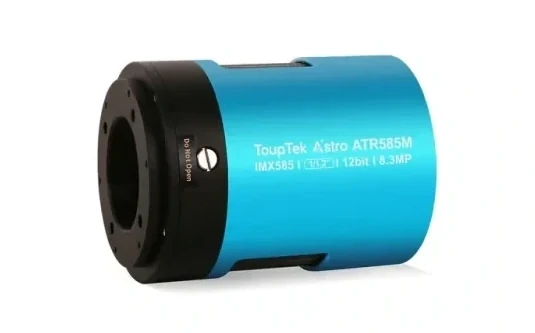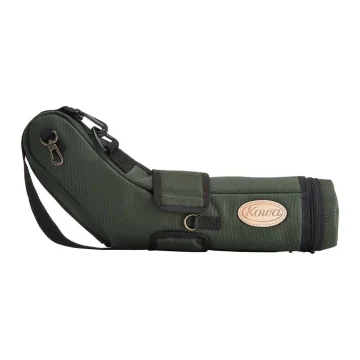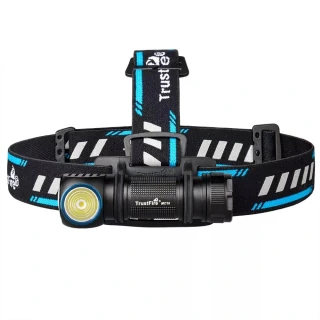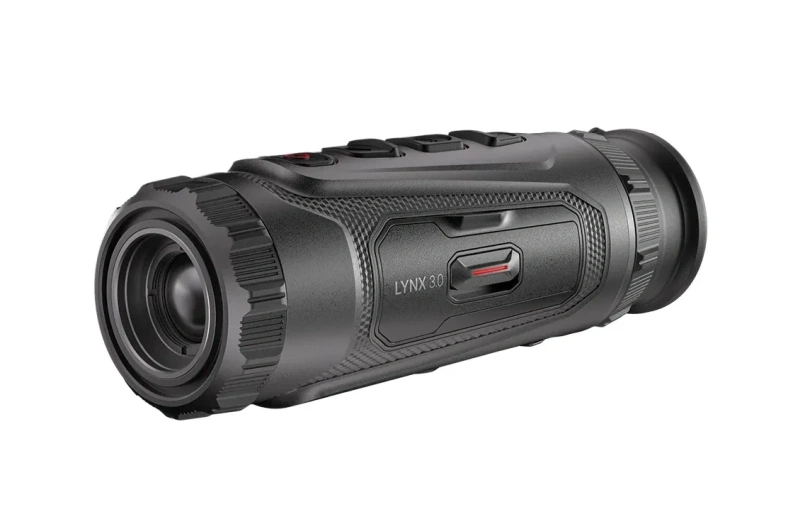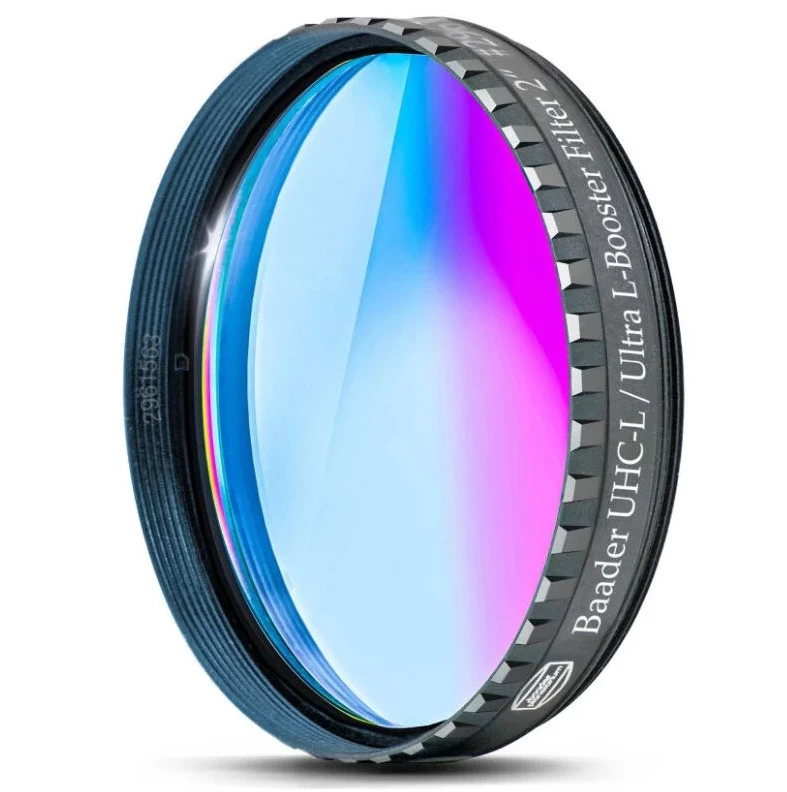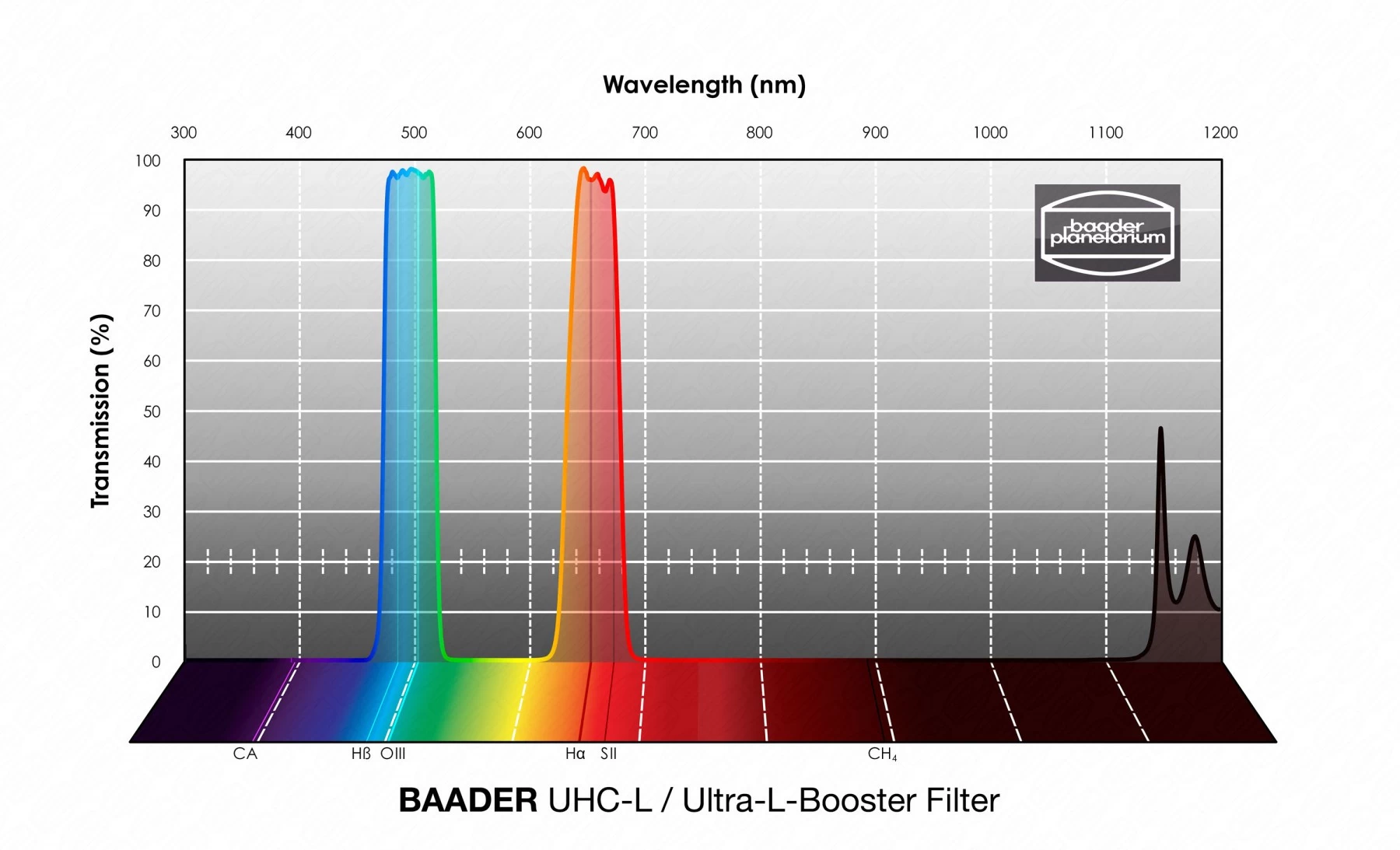Baader's UHC-L filter (2")is an effective response to the changing composition of light pollution due to technological advances.
Baader's UHC-L filter - among UHC filters - has a relatively wide passband, so that stars visible in the field of view are "masked" to a small extent. It is recommended for both visual and photographic use (optimized for CMOS). It is also effective in minimising light pollution from the now common LED lights and car headlights, while remaining effective against the harmful effects of conventional lights. It is also well suited for L-RGB photography, for L channel preparation, as it prevents both UV and IR wavelengths from passing through, so there is no need to use a separate UV/IR block filter.
The edges of the glass surfaces that make up the filter are sealed to Baader's standard and painted matte black, making the anti-reflective layers more protective.
The OIII filters transmit light in an even narrower band, which means they cut off even more of the light from background stars, making it easier to see details of diffuse nebulae.
The UHC version is recommended for telescopes under 20 cm diameter or as a first low-light filter.





